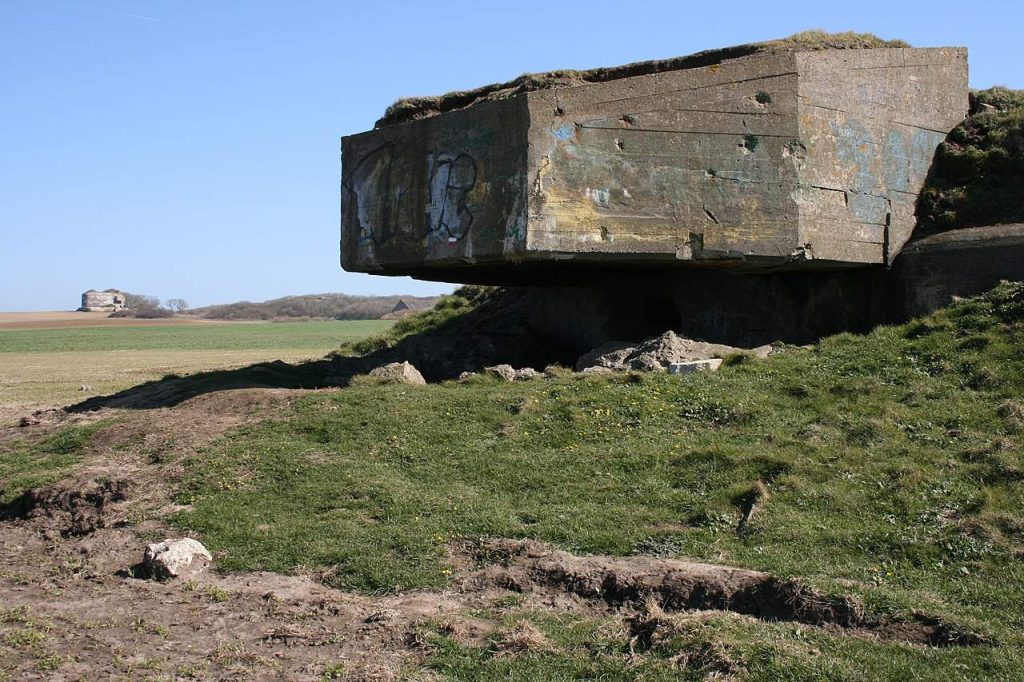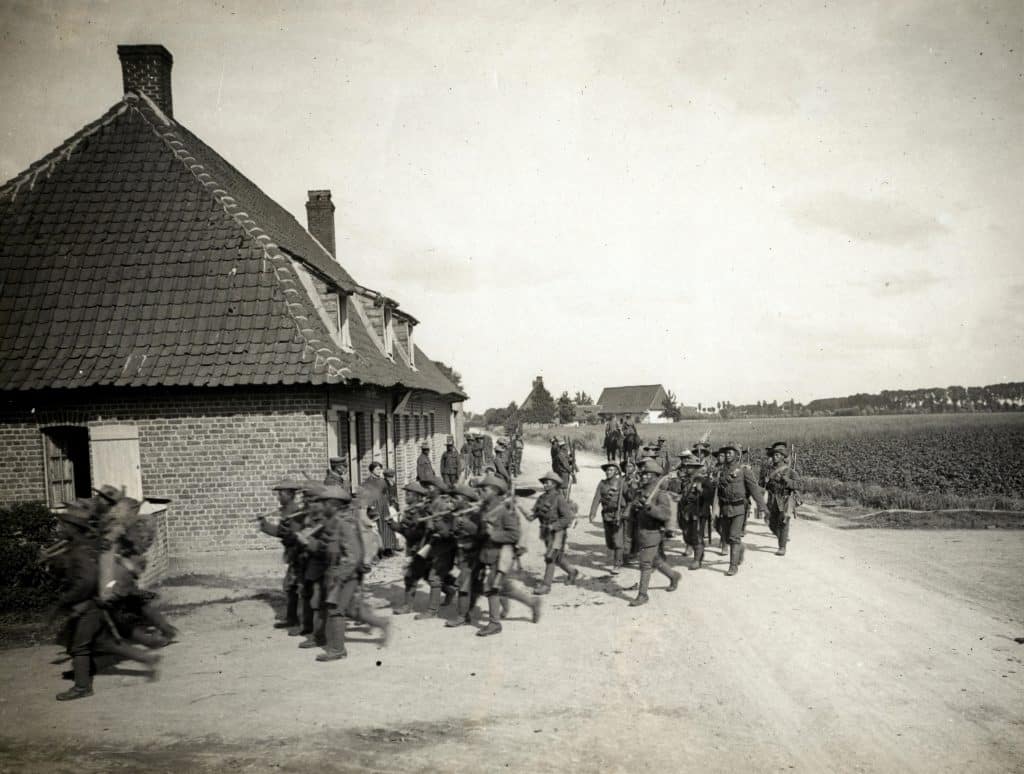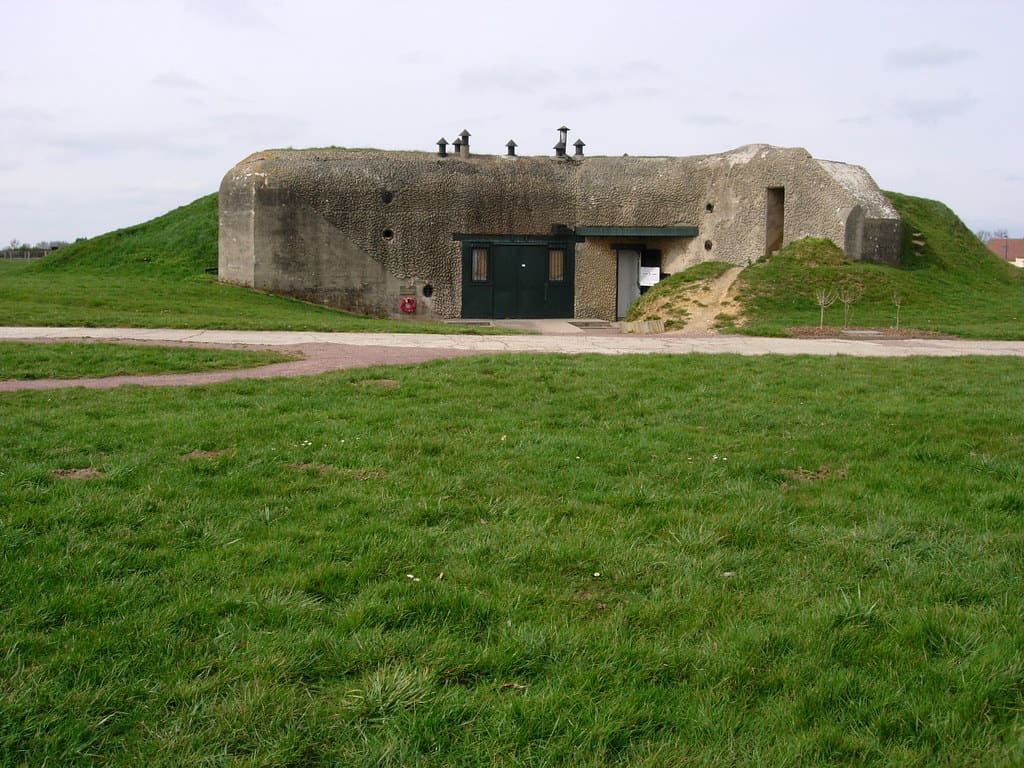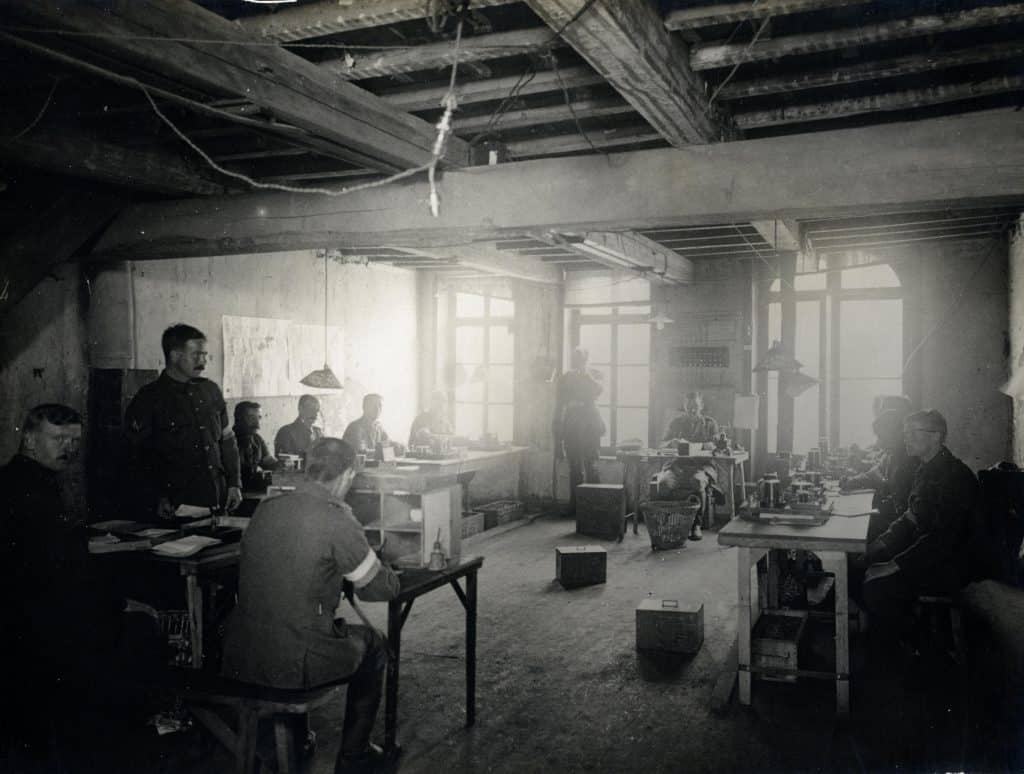Discover Merville’s battery

The Atlantic Wall project
As the Germans consolidated their positions in the territories conquered during the Battle of France, and the time came to administer them, the question of how to defend their acquired positions became crucial.
The “Atlantic Wall” project is set up. Its aim was to protect the 3rd Reich from possible attacks and invasions on their western flank, from Biarritz to Dunkirk. As Normandy was naturally the coast closest to the English, it was a priority in the design of this coastal defense.
The Reich therefore entrusted civil engineer Fritz Totd and his Totd organization with the task of designing a set of structures capable of withstanding assaults and repelling future enemies.
Read more
For parents looking for a bit of rest, you can lie back with your toes outstretched and soak up the sun.
The hastily-built ditches didn’t have time to reach their goal of surrounding the site by the time Rommel arrived, now responsible for the proper defense of the Atlantic Wall.
On his visit, instead of 150mm cannons, he found 4 Skoda-type 100mm cannons dating from the First World War, still capable of firing eight shells per minute.
These were fired blindly, two kilometers from the coast.
Targets were signalled by telephone from an observation post directly on the beach.
We don’t really know whether Rommel saw this marshy area as an ideal trap, and decided to flood the surrounding area to slow the enemy advance, or whether it was the heavy rainfall in the past that made the terrain so difficult for the Allies to cross. In any case, across the Channel, Operation Overlord was launched, and the impressive size of the Merville-Franceville position detected by Allied aircraft convinced the generals to consider it as one of the priority targets for D-Day.
In fact, the H611 casemates were normally equipped with artillery capable of attacking 17km away, and thus of undermining the objective of Sword beach, or Ouistreham beach.

Merville Franceville, a strategic location
Totd, inspired by the fears of Vauban 500 years before him, saw Merville Franceville as an ideal position to protect Caen, the capital of Normandy, from the maritime invasions that could come from the Orne and its estuary. So he called in Rittmann, a German company with offices in Houlgate, to design what would become, 4 years later, one of the main objectives of Operation Overlord.
Under the occupation regime, the local population was put to work willy-nilly.

Major resources for a major objective
Initially, four casemates were built, the largest of which, type H611, required no less than 1,400 cubic meters of concrete. The other three are smaller, requiring 500m3 each.
For camouflage purposes, all structures were buried to avoid detection by Allied aircraft.
Then came the installation of heavy defensive military equipment, including a FLAK (Flugabwehrkanone, the famous anti-aircraft gun), anti-aircraft shelters and ground devices such as Tobruk machine guns and anti-tank ditches, in anticipation of a massive invasion by the Atlantic alliance that was already taking shape. Two huge barbed-wire fences and a minefield complete the picture.

Operation Overlord launched
For several weeks already, the battery had been the target of intense bombardment, despite protective fire from the FLAK. The vast expanse of the battery was thus already a lunar landscape hammered by air raids.
Lieutenant-Colonel Otway, in charge of the operation, had drawn up a complex plan combining intensive bombardment, infiltration operations and rescue solutions by launching a light cruiser off the coast, HMS Arethusas, under the British flag.
Unfortunately, in the early hours of June 6, nothing went according to plan, mainly due to cloudy weather and confusion between the Orne and Dive rivers, which scattered the drop zones for men and equipment.
Read more
At the time of the initial rendezvous, the forces were scattered over a 16-kilometer area.
Shortly afterwards, Otway could only count on 150 men instead of the 600 he had planned, deprived of their equipment and heavy weapons.
But we had to act quickly, and the lieutenant-colonel decided to lead the assault by grouping his forces into 4 assault groups.
Spotted as they passed through the minefield, German machine guns decimated the flank of the attackers, who in the chaos charged in with bayonets and grenades. The second section set fire to the main gate, creating a diversion that split the German defense, which felt besieged from all sides. Two gliders landed and the parachutists arrived to support them.
With no way of breaking through the barbed-wire walls, the British soldiers spread out over them to form a real passageway for the others. The minefield will kill off many others through lack of marking.
After a fierce struggle by the elite troops, all the guns were taken by assault, and the battle did not end until 5am. Of the 50 German soldiers, only 6 were fit to fight and around 30 were wounded. Of the 150 British paratroopers, 65 were killed. But the objective was achieved. And the road to the liberation of Paris could be resumed.
